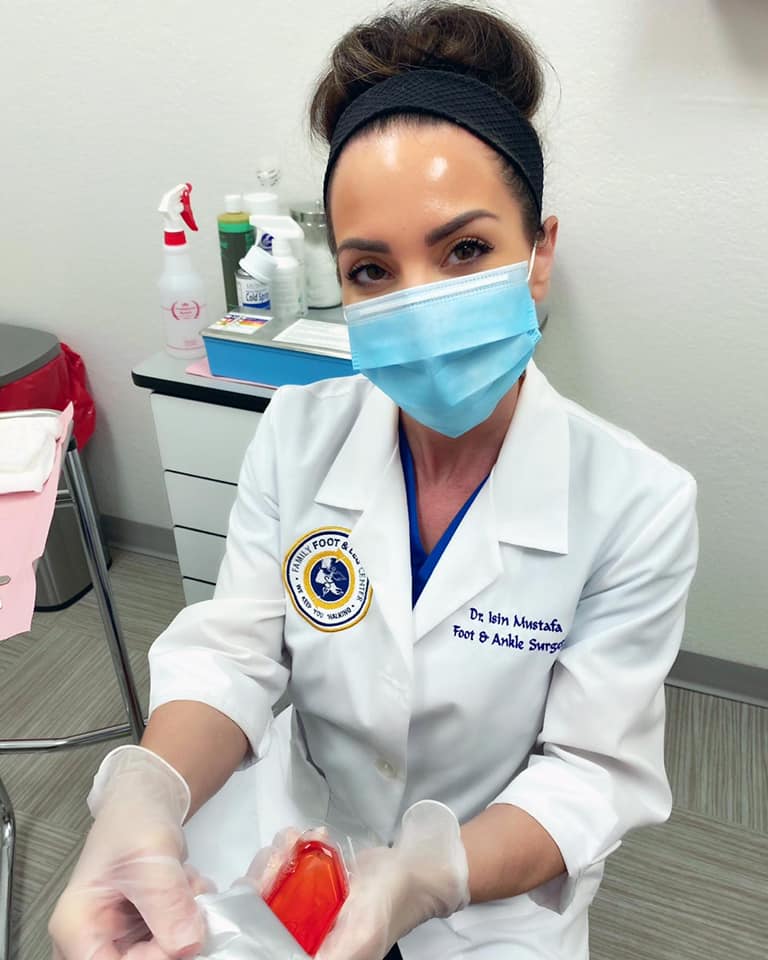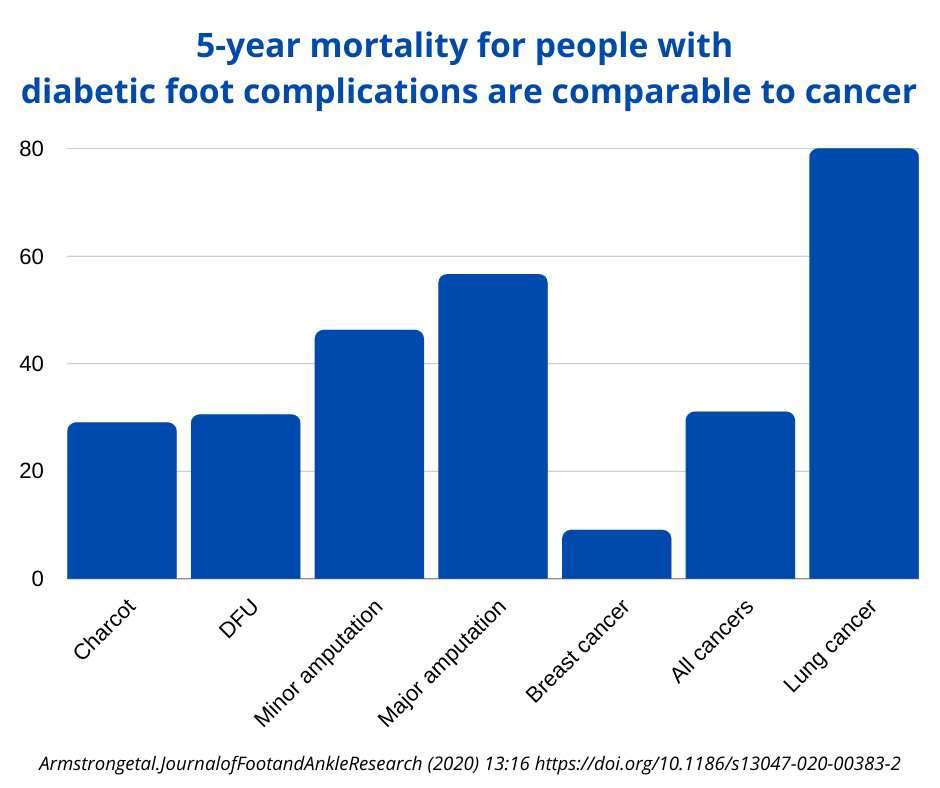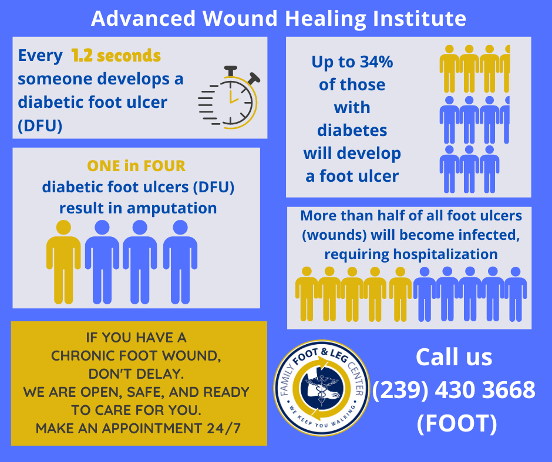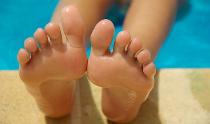What to do with an Infected Foot Wound

We are all familiar with getting cuts and scratches, especially when you have an active lifestyle or involved in sports activities. Typically, with proper care, these wounds heal up within a week while deeper cuts may take a week or two to heal. But if you notice that your foot or leg wound is not drying up, is very slow to heal, or starts to smell unpleasant – well you might have an infected wound.
Below are some signs of an infected wound.
· Pus oozing out of the wound
· Yellow greenish crust forming on the wound
· Irritation and redness around the edges of the wound
· Tenderness around the wound area
· Pain and swelling
· Fever
· Wound doesn’t heal after a week
Cause
Any break on the skin can actually lead to an infection. It all depends on how dirty the wound was exposed on, the type of bacteria present on the wound as there are actually very invasive bacteria out there, it also depends on your general health. We actually have active bacteria all over our body, and our immune system is constantly keeping these bacteria at bay. So if your immune system somehow got weakened, then these opportunistic bacteria can thrive and can cause an infection.
Certain conditions such as diabetes can also cause wounds to heal very slowly or not at all. With diabetes, your body has difficulty metabolizing glucose and this can lead to high blood sugar levels. This in turn can affect your body’s ability to heal wounds, often affecting the foot and leg. Debilitated patients may also have problems with wound healing.
How to treat
Immediate and proper wound cleansing is very important. Maintain adequate hydration as well as proper nutrition.
Antibiotics. If the usual topical antibiotic creams or ointments don’t work, then oral antibiotics prescribed by your physician may be needed. Antibiotics, whether topical or oral, should only be used under the supervision of your doctor. Furthermore, debridement and drainage may be done by your physician to remove dead tissue as these slow down wound healing and can affect the efficiency of topical antibiotics. Tetanus injection may also be given.
If the foot/leg wound infection is not immediately and successfully treated, it may spread to deeper tissues beneath the skin. It may even spread through the blood, making you feel unwell, and can cause fever, develop into a severe infection or sepsis.
If you develop a foot wound, have it checked immediately. Call your podiatrist to schedule an appointment as soon as possible.
For more information on diabetic foot ulcers, you may contact Advanced Wound Healing Institute at (239) 430-3668 (FOOT). Advanced Wound Healing Institute is part of Family Foot and Leg Center, P.A.

- Faster recovery time
- Better results
- Improved long-term outlook
- Optimal quality of life
Self Service Portal open
24 hrs/7 days
Our doctors are well trained from residency in conservative and advanced wound care options from simple debridement to advance grafting and flap techniques.
At the Advanced Wound Healing Institute, we specialize in the treatment of wounds that are difficult to heal. We offer the most current and advanced treatments in wound care.
If you or your loved ones suffer from diabetes, must see us now. What you need to know now.




